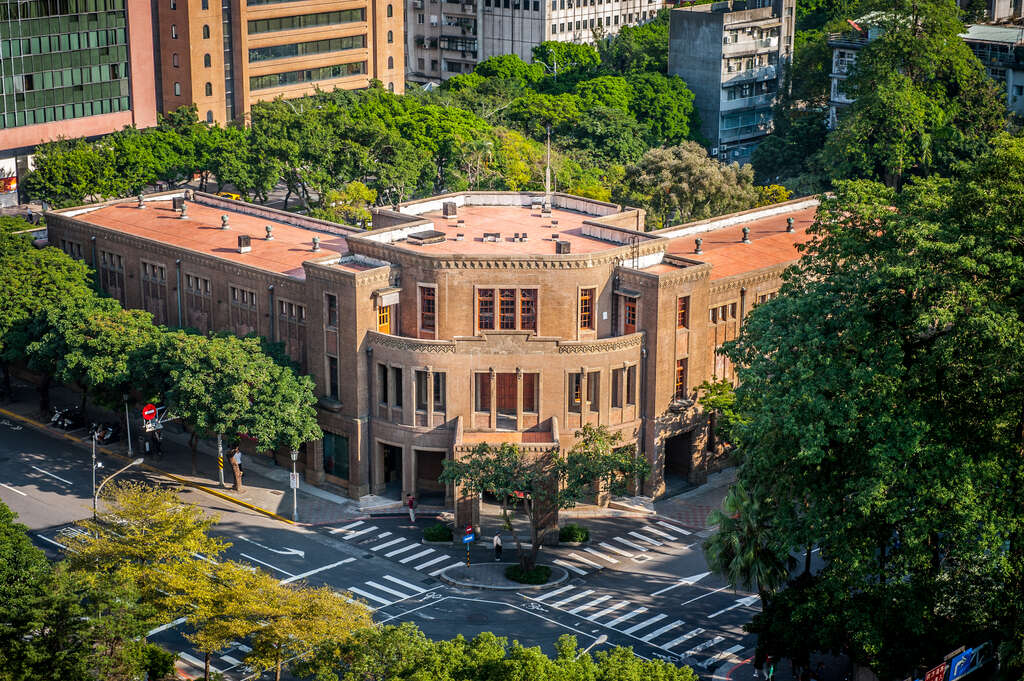228 Memorial Museum Introduction
Located at the intersection of Nanhai Road and Quanzhou Street in Taipei City, it was originally the "Taiwan Education Hall." The building was constructed in 1931 and was used for showcasing Taiwan's educational achievements and holding art exhibitions, such as the Taiwan Fine Arts Exhibition, while also serving as a gathering place. The building was designed by the chief engineer of the Governor-General's Office, Iwata Kaoru, and its architectural style is similar to that of public halls, featuring an eclectic modern architectural style with brown brick facades and geometric patterns made of washed pebbles on the parapet. After the war in 1945, it briefly served as a meeting place for the Provincial Council; from 1959 onwards, it was rented by the United States Information Service. Following the severance of diplomatic ties between Taiwan and the United States in 1979, it was renamed the "American Cultural Center," continuing in that role until 2001. Subsequently, a five-year restoration project was undertaken, and on February 28, 2007, it was officially designated as the "228 National Memorial Museum," opening to the public on February 28, 2011. The building was recognized as a historical site by Taipei City in 1993 and holds historical significance from the 1930s, representing the progression of Taiwan's modern history. Inside the museum, there are permanent exhibition areas and special exhibition spaces dedicated to the 228 Incident, as well as cultural spaces and a multifunctional performance hall. In addition to historical education displays, the museum also conducts activities related to democracy and human rights, aiming to introduce the 228 Incident and the modern democratic process while providing educational resources on human rights.







